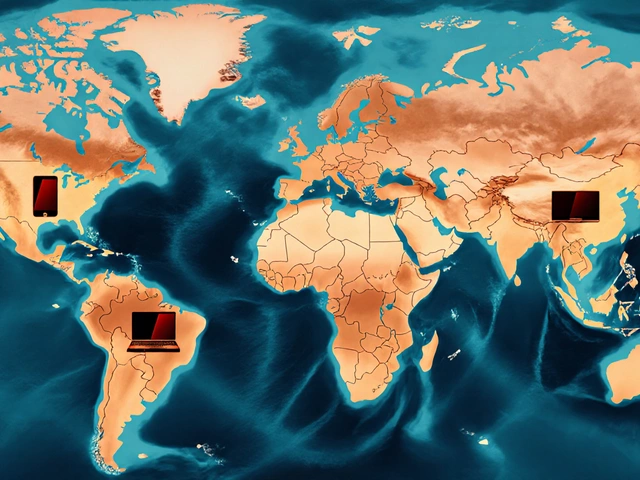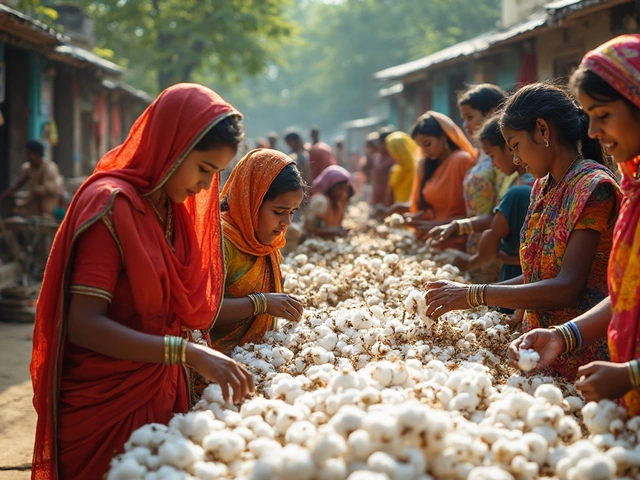Responsibility in Indian Manufacturing
When working with Responsibility, the practice of ensuring that manufacturing decisions benefit society, protect the environment, and stay economically viable. Also known as Corporate Social Responsibility, it guides how companies address labour standards, waste reduction and community growth, you’ll see it intersect with Sustainability, the long‑term balance of resource use and ecological health and with Supply Chain Transparency, the clear visibility of every step from raw material to finished product. This blend shapes how factories in Surat, furniture makers linked to IKEA, or pharma giants like Cipla manage their impact.
Why Responsibility Matters for Indian Manufacturers
Beyond the factory floor, Community Impact, the ripple effect of jobs, skills development and local economic growth is a core metric of responsible practice. When a textile mill in Surat hires locally, wages rise, small‑business suppliers get steady orders, and the region’s tax base expands. That same principle powers the benefits highlighted in our post about manufacturing’s role in local communities. Responsibility therefore requires companies to align profit goals with tangible social outcomes, creating a virtuous loop where thriving workers boost productivity and brand reputation.
Environmental policy is another pillar. India’s recent ban on single‑use plastics forces producers to rethink packaging, while code‑5 plastic (polypropylene) recycling programs illustrate how ethical sourcing can cut waste and lower costs. Manufacturers that embed these rules into their supply chains earn credibility and avoid regulatory penalties. In short, responsibility drives innovation – from adopting biodegradable materials to redesigning product lifecycles for minimal carbon footprints.
From a business perspective, responsible actions translate into concrete advantages. Companies that publish clear CSR reports attract investment, enjoy lower insurance premiums, and often secure long‑term contracts with global brands that demand sustainable sourcing. The posts on local manufacturing benefits and the profitability of textile mills show that responsible strategies can improve margins, reduce resource volatility, and open new export markets. When a firm openly shares its supply chain transparency data, buyers gain confidence, and the firm gains a competitive edge.
Below you’ll find a curated collection of articles that dive deeper into each of these angles – from IKEA’s supplier network and Cipla’s pharma legacy to the rise of Indian electronics exports and the push for greener plastics. Together they illustrate how responsibility is not a buzzword but a practical roadmap for today’s Indian manufacturers striving for growth, resilience, and a better future.

Who really causes plastic pollution? This deep dive reveals the true sources, industry impact, government roles, and what everyday people can do to curb the crisis. (Read More)








